A New Year Brings a New Outlander for Mitsubishi

A brand that’s slowly capturing a greater (albeit still slim) slice of the U.S. new car market stands to gain a new version of a long-running crossover in the coming year. That product is the Outlander, an outdated vehicle whose current generation bowed back in 2012.
The largest vehicle in Mitsubishi’s meager lineup, the Outlander stands to gain size and decidedly non-Mitsubishi underpinnings for its ground-up revamp.
Like its tiny Mirage stablemate, the current-gen Outlander holds the distinction of having increased its pool of buyers in every year since its introduction. Last year’s tally amounted to 41,818 vehicles, up from 12,287 in 2013. One driver of that sales boost was the popular plug-in hybrid version that eventually made its way to America after selling in Europe for years. In that region, it holds the title of best-selling PHEV.
As for the gas-only variant, it’s getting especially old. The model’s 3.0-liter V6 pales in terms of power when compared to rivals, and it drinks premium fuel. Third-row seating is cramped.
Mitsubishi’s solution, explained Mitsubishi Europe CEO Bernard Loire, is to borrow a platform sourced from Mitsu’s Renault-Nissan alliance family. Speaking to Automotive News Europe, Loire said, “In the second half of next year we will have a replacement of the current Outlander. It will be on an alliance platform.”
He added, “There also will be another smaller SUV coming at the same time.”
A big year in the making for an automaker that spent the past decade first in survival mode, and then in expansion mode. The timing is right for a new, larger Outlander. Originally, it was planned that a newly enlarged model would go on sale and the smaller Outlander Sport would shrink, but Mitsu’s entry into the Renault-Nissan alliance put the brakes on that effort. Instead, the Outlander Sport remained in production in its current form, sharing a segment with the more recent Eclipse Cross CUV. In the background, Mitsubishi engineers took a look at what the brand’s newfound family could offer the automaker.
According to Automotive News‘ product pipeline, the new-for-2021 Outlander will borrow the platform found beneath the Nissan Rogue, as well as other Nissan components. It’s expected that a hybrid version will join the PHEV model.
While Mitsubishi’s U.S. sales rose 1.9 percent through November, the increasingly elderly Outlander saw its volume shrink by 2.9 percent over the same period. The PHEV model also saw a sales decline, dropping 34 percent.
[Image: Mitsubishi Motors]

More by Steph Willems
Latest Car Reviews
Read moreLatest Product Reviews
Read moreRecent Comments
- Brian Uchida Laguna Seca, corkscrew, (drying track off in rental car prior to Superbike test session), at speed - turn 9 big Willow Springs racing a motorcycle,- at greater speed (but riding shotgun) - The Carrousel at Sears Point in a 1981 PA9 Osella 2 litre FIA racer with Eddie Lawson at the wheel! (apologies for not being brief!)
- Mister It wasn't helped any by the horrible fuel economy for what it was... something like 22mpg city, iirc.
- Lorenzo I shop for all-season tires that have good wet and dry pavement grip and use them year-round. Nothing works on black ice, and I stopped driving in snow long ago - I'll wait until the streets and highways are plowed, when all-seasons are good enough. After all, I don't live in Canada or deep in the snow zone.
- FormerFF I’m in Atlanta. The summers go on in April and come off in October. I have a Cayman that stays on summer tires year round and gets driven on winter days when the temperature gets above 45 F and it’s dry, which is usually at least once a week.
- Kwik_Shift_Pro4X I've never driven anything that would justify having summer tires.




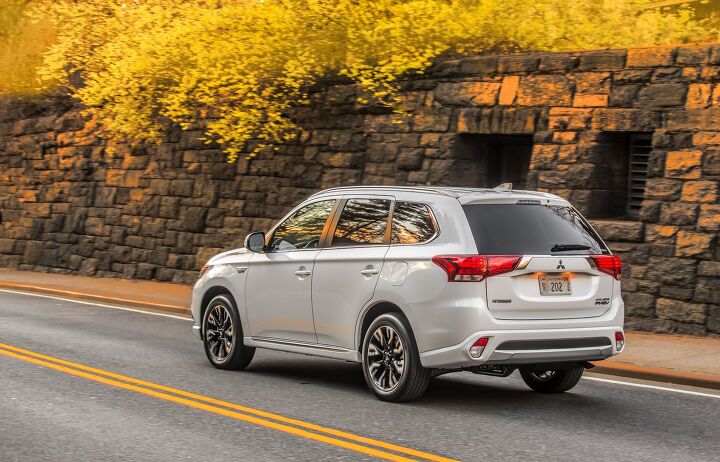















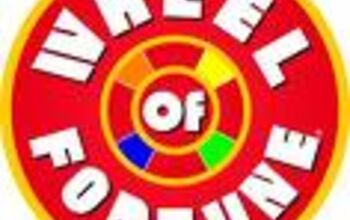
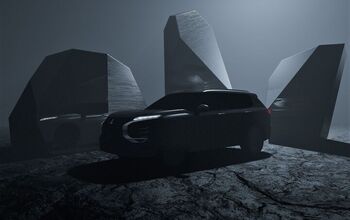
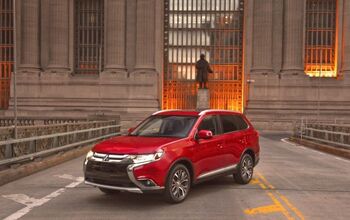

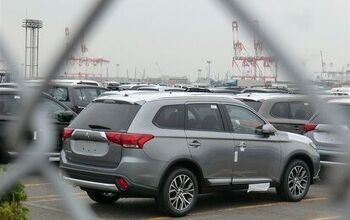










Comments
Join the conversation
I'm not gonna lie, the ancient Outlander is one of my favorite CUVs. YES, the long front and rear overhangs are goofy. YES, a RAV-4 is bigger inside. YES, the driver's seat rocks on acceleration and deceleration. YES, the AC is pathetically overwhelmed by any western US desert. But it's got the delicate pillars and massive greenhouse of an earlier era--you can see out of it. It's got an unfashionably soft suspension--it's actually comfortable to ride in it. It's got a light and precise feel to the controls, with a bit of modest feedback--it's a bit of fun to drive it. I'll take its uncannily perceptive CVT over the RAV4's confused million-speed stepped automatic any day. And the PHEV, as of right this second, has no competition -- though that will change very soon. Plus you can get it in brown. A brown AWD PHEV wagon, people. With DC fast charge capability, no less.
Any chance for a new Evo?